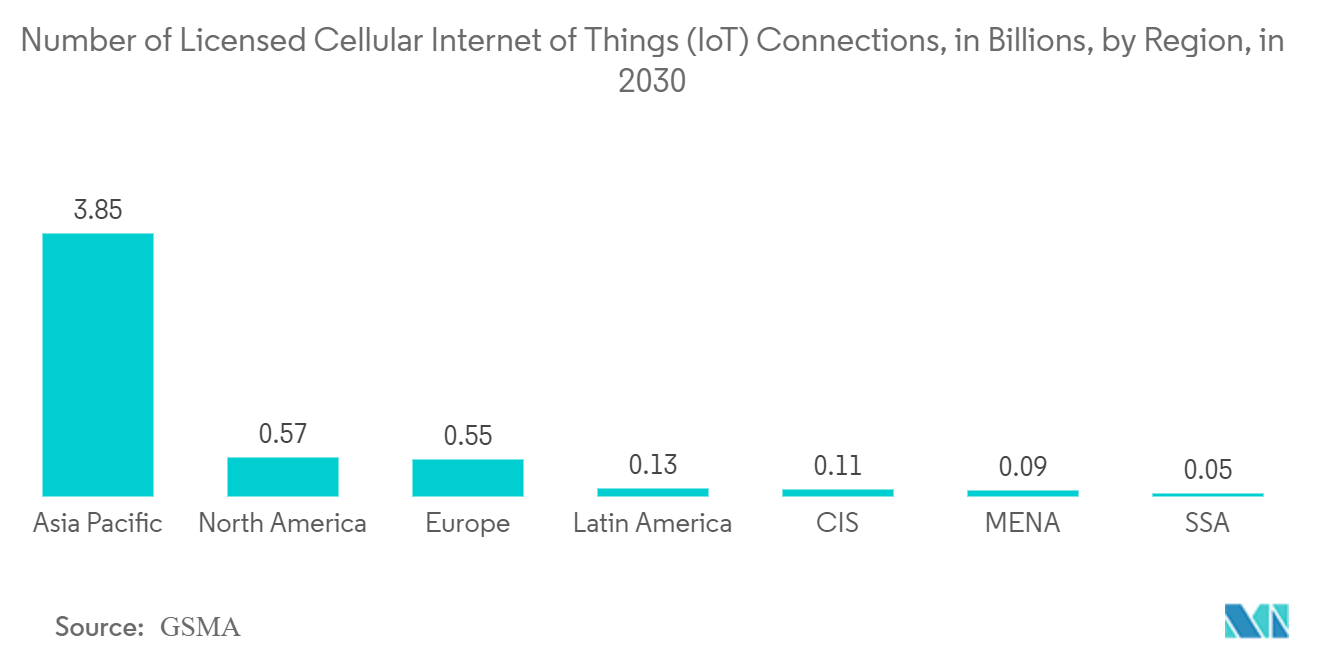Market Trends of Middle East And Africa Wireless Healthcare Industry
Home Care Application Segment is Expected to Hold Significant Market Share
- The home care application segment in the Middle East and Africa wireless healthcare market encompasses a variety of technologies and services designed to facilitate healthcare delivery and monitoring within the home environment.
- As per the International Trade Administration, the US Department of Commerce, Saudi Arabia leads in healthcare spending among the GCC (Gulf Cooperation Council) countries, with the sector being a key focus for the Saudi Government. In 2023, the country allocated USD 50.4 billion for healthcare and social development, which constitutes 16.96% of its total budget.
- Remote patient monitoring solutions enable healthcare providers to remotely monitor patients' health status and vital signs from their homes using wireless devices such as wearable sensors, connected medical devices, and mobile health apps. Patients can transmit data such as blood pressure, heart rate, blood glucose levels, and activity levels to healthcare professionals in real-time, allowing timely interventions and adjustments to treatment plans.
- According to GSMA, the cellular Internet of Things (IoT) market is predicted to reach 5.3 billion connections by 2030. With about 9 million connections in 2030, the Middle East and Africa region is expected to be the leading market.
- Home care applications include medication management tools that help patients adhere to their medication schedules and dosage regimens. These apps may provide medication reminders, dosage instructions, pill identification, and medication adherence tracking features to help patients manage their medications effectively and avoid missed doses.

Saudi Arabia is Expected to Hold Significant Market Share
- The Saudi government has been actively promoting digital health initiatives and investing in healthcare infrastructure to improve the quality and accessibility of healthcare services. Initiatives such as the Saudi Vision 2030, which aims to enhance healthcare delivery through digital transformation, are driving the adoption of wireless healthcare solutions.
- Under Vision 2030, the Saudi Arabian Government intends to invest over USD 65 billion to develop the country's healthcare infrastructure, reorganize and privatize health services and insurance, launch 21 "health clusters" throughout the country, and expand the provision of e-health services.
- The basic health coverage among adults in Saudi Arabia encompasses access to essential healthcare services provided through primary healthcare centers, hospitals, and specialized medical facilities. According to the General Authority for Statistics (Saudi Arabia), in 2023, 58% of Saudi adults had some form of government health coverage.
- Saudi Arabia boasts a well-developed telecommunications infrastructure and high smartphone penetration rates, creating an ideal environment for adopting wireless healthcare technologies. Advancements in wearable devices, telemedicine platforms, and health informatics fuel innovation in the market.
- Due to social distancing measures and the need for contactless services, the COVID-19 pandemic accelerated the adoption of digital health solutions, health devices, and pharmacy delivery apps. The government's initiatives to promote digital transformation in the healthcare sector further fuel the market's growth.


